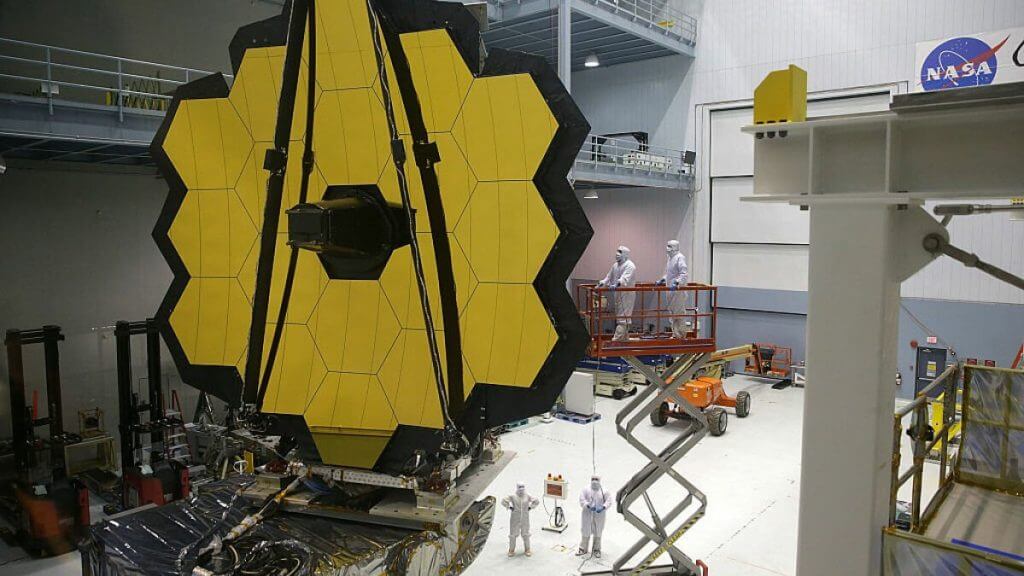When you’re a new parent, every little bump and bruise concerning your child is distressing, headline-worthy news. To that end, it is my duty to inform you that the James Webb Space Telescope had a tiny scrape, but I promise it’s absolutely fine.
On Wednesday, NASA revealed that the five-month-old telescope got a small boo-boo between May 23 and 25, after a micrometeoroid — a common piece of tiny space debris, most weighing less than a gram — impacted one of its primary mirror segments. The James Webb Telescope’s primary mirror is composed of 18 gold-plated hexagonal panels, which together measure over 21 feet in diameter.
Fortunately, the Webb telescope was a very brave space instrument and didn’t cry at all. NASA has evaluated the telescope, and while further analysis is still underway, Webb’s performance doesn’t appear to be significantly affected by the impact.
“After initial assessments, the team found the telescope is still performing at a level that exceeds all mission requirements despite a marginally detectable effect in the data,” NASA wrote.
This isn’t the first time the Webb telescope has suffered the equivalent of a scraped knee. There have been at least four other, smaller micrometeoroid strikes since the telescope was launched on Dec. 25 last year. Such incidents are actually expected, with NASA accounting for them when constructing the James Webb telescope and ensuring there’s a margin for degradation. However, this latest impact was larger than the space agency had tested or modelled before launch, so there was a bit more uncertainty this time.
“We always knew that Webb would have to weather the space environment, which includes harsh ultraviolet light and charged particles from the Sun, cosmic rays from exotic sources in the galaxy, and occasional strikes by micrometeoroids within our solar system,” said NASA’s Paul Geithner.
“We designed and built Webb with [a] performance margin — optical, thermal, electrical, mechanical — to ensure it can perform its ambitious science mission even after many years in space.”
The Webb telescope is also able to adjust its mirror positions to mitigate degradation caused by such an impact, because it’s a big boy who can stand up all by itself. It has already adjusted its mirrors after this recent impact, while NASA’s engineers are researching what else they can do to further minimise damage by future micrometeoroid hits this size. I suggest a big kiss to make it better.

